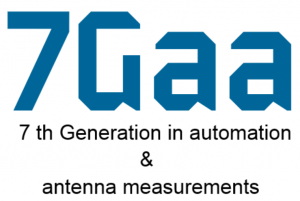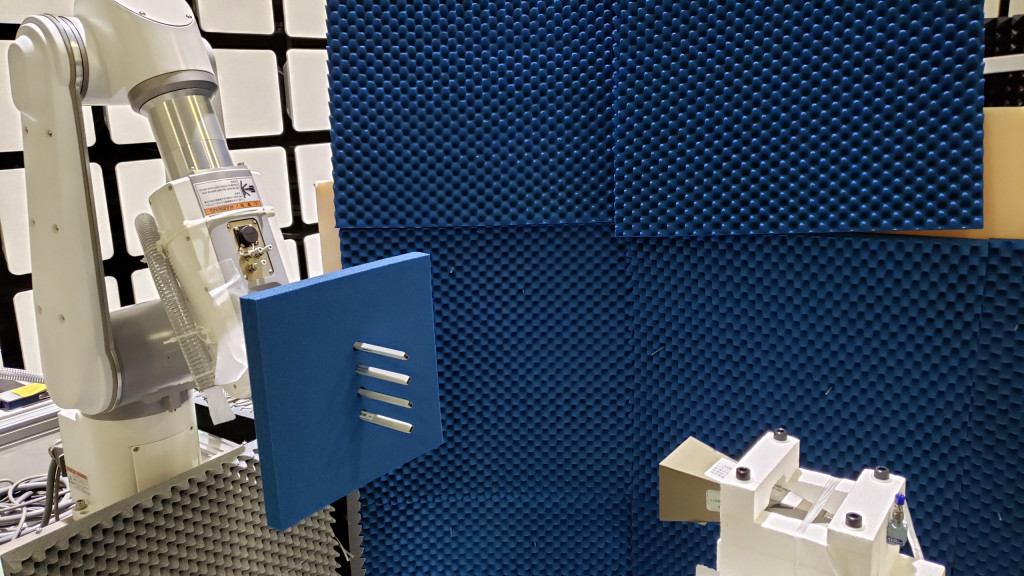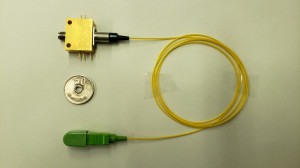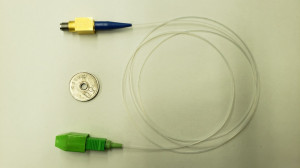Now mobile communications are changing from 4G to 5G. The next generation of network, the fifth generation or 5G, is conceived as a major technological breakthrough. It is expected to allow us to handle thousands of devices simultaneously and connect new industries with improved performance, efficiency, and cost.
4G has no problem in providing services when the communication network is optimized only for smartphones. However, since 5G interconnect and control machines, objects, and devices with massive services such as autonomous driving, Internet of Things (IoT), and artificial intelligence (AI), it is important to understand the effects and correlations between numerous parts and maintain high quality.

As 5G quality assurance becomes more important, it is essential to have the measurement technology to determine whether 5G communication network is of high quality. Many companies in the world are working on the development of 5G technology. Among them, 7Gaa, a startup from Advanced Industrial Science and Technology (AIST), a national research institute in Japan, developed a micro/ultra high-speed antenna measuring system that can accurately measure multiple input/output (MIMO) communication systems in all 3G, 4G and 5G bands using optical fibers in the 30GHz band where 5G is responsive.
The existing measuring sensors of the instrument manufacturers are larger than the 5G antenna, making it impossible to measure accurately. And some of the materials in the sensor are conductors, which affect the performance of the 5G antenna. So only the radiation pattern of the Multiple Input / Multiple Output (MIMO) antenna can be measured, and it is difficult to accurately measure the electrical properties of the antenna itself. Furthermore, there are physical space constraints because they use expensive radio-radiation chambers.
The antenna measuring system which 7Gaa has, which is applied to industrial high-speed robots, can accurately measure the communication quality of 5G smartphones at high speed and can be used at low cost.

Evaluation of Automatic Antenna Measurement System for 5G Communication of 7Gaa in AIST’s Electromagnetic Darkroom
The antenna measuring system can also be used to evaluate the vehicle’s radar for self-driving cars. This is because the vehicle radar, the core technology of autonomous driving cars, is similar to the 5G mobile communication system, and operates multiple antennas simultaneously. In fact, vehicle communication based on 5G mobile network is being standardized, and it has become a major application area of 5G.
Moreover, 7Gaa has also increased its interest in consulting on technology investment among Japanese companies by discovering Korea’s best companies. Through these efforts by a company with high technology such as 7Gaa, it is expected to revitalize business activities among global companies. And the companies using 5G devices, autonomous driving, IoT and other technologies, such as SAMSUNG, LG, SONY, HUAWEI, APPLE, TESLA, UBER and HYUNDAI are considered to have to pay attention to the quality of 5G communication.
Mike Choi
Asia Journal
(Los Angeles Times Advertising Supplement)



